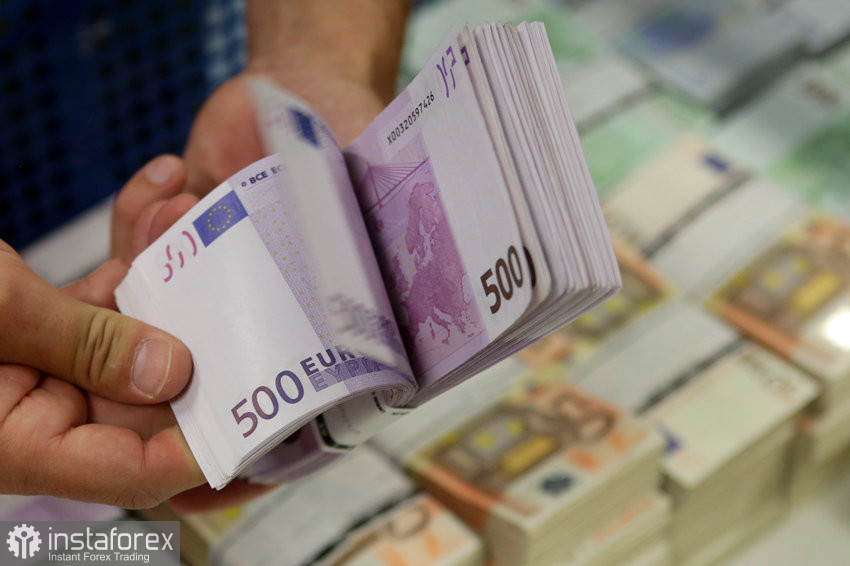
Last week, when the ECB kept the deposit rate unchanged at 2% for the third consecutive meeting, many officials stated that there was absolutely no reason to adjust rates. In an interview, the Bundesbank president also noted that since the publication of the latest forecasts in September, the figures have not changed significantly.
"In December, we will receive new data and produce new forecasts based on them. Right now, we're considering all options, and I think that's the most sensible approach, given the many uncertainties," he said.
After eight quarter-point cuts throughout the year, officials have kept interest rates unchanged since June. President Christine Lagarde reiterated on Thursday that the ECB is in a strong position and emphasized that she would do whatever is necessary to maintain this favorable stance. However, judging by market sentiment, the euro itself is not in such a 'strong' position.
Although inflation is hovering near the 2% target, the economy does not appear particularly robust. Still, policymakers have pointed out that the eurozone has shown resilience to U.S. tariffs and geopolitical tensions. Third-quarter growth of 0.2% exceeded expectations, indicating a solid start to the final three months of 2025.
Nevertheless, some of the more hawkish policymakers worry that growth may turn out stronger than anticipated, raising the risk of inflation remaining above the 2% target for longer. The ECB forecasts price growth of 1.7% in 2026 and 1.9% in 2027, yet last week's data showed that core inflation and services-sector prices remain more persistent than expected.
Commenting on Germany's economy, Nagel emphasized its resilience, saying it may now embark on a path of moderate growth, supported by increased infrastructure and defense spending.
"Next year, we will certainly see solid growth," he said. "If investment spending is directed wisely, this fragile seedling could grow into something much stronger, and the economy could gain momentum."
However, as I mentioned earlier, such statements have done little recently to help the euro rise.
Current Technical Picture for EUR/USD
At the moment, buyers need to reclaim the 1.1550 level. Only then will it be possible to target a test of 1.1580. From there, the pair could rise toward 1.1610, though doing so without major market support will be difficult. The final bullish target would be 1.1640. If the trading instrument declines, only around the 1.1520 level do I expect major buyers to take action. If no one steps in there, it would be better to wait for an update of the 1.1490 low or to consider opening long positions from 1.1460.
Current Technical Picture for GBP/USD
For pound buyers, the key is to break through the nearest resistance at 1.3160. Only then will it be possible to target 1.3190, though breaking higher will be quite challenging. The ultimate target is the 1.3220 level. If the pair falls, bears will try to regain control over 1.3130. If they succeed, a break below this range would deal a serious blow to the bulls, pushing GBP/USD toward the 1.3095 low, with a further potential move to 1.3060.
 English
English 
 Русский
Русский Bahasa Indonesia
Bahasa Indonesia Bahasa Malay
Bahasa Malay ไทย
ไทย Español
Español Deutsch
Deutsch Български
Български Français
Français Tiếng Việt
Tiếng Việt 中文
中文 বাংলা
বাংলা हिन्दी
हिन्दी Čeština
Čeština Українська
Українська Română
Română

